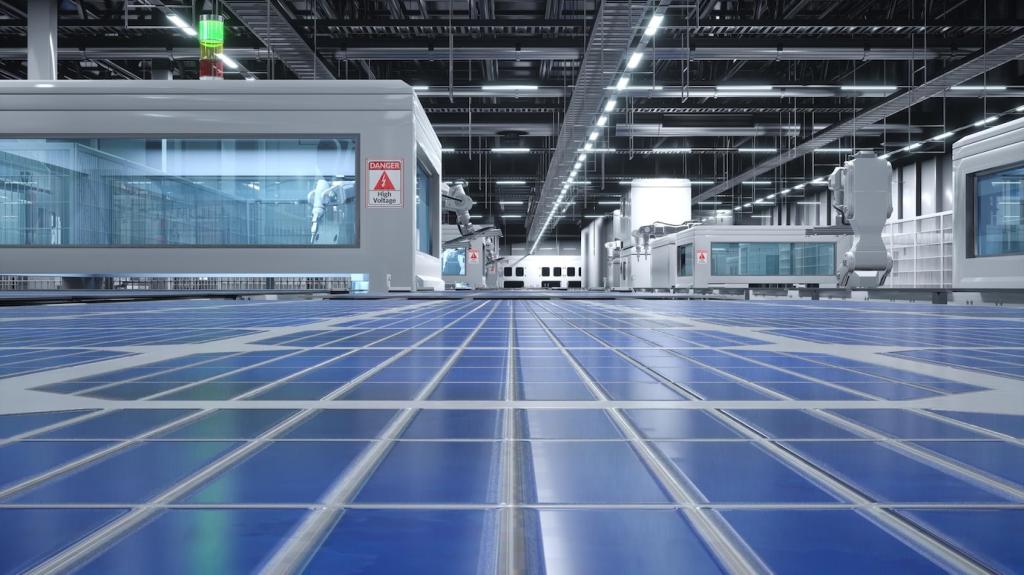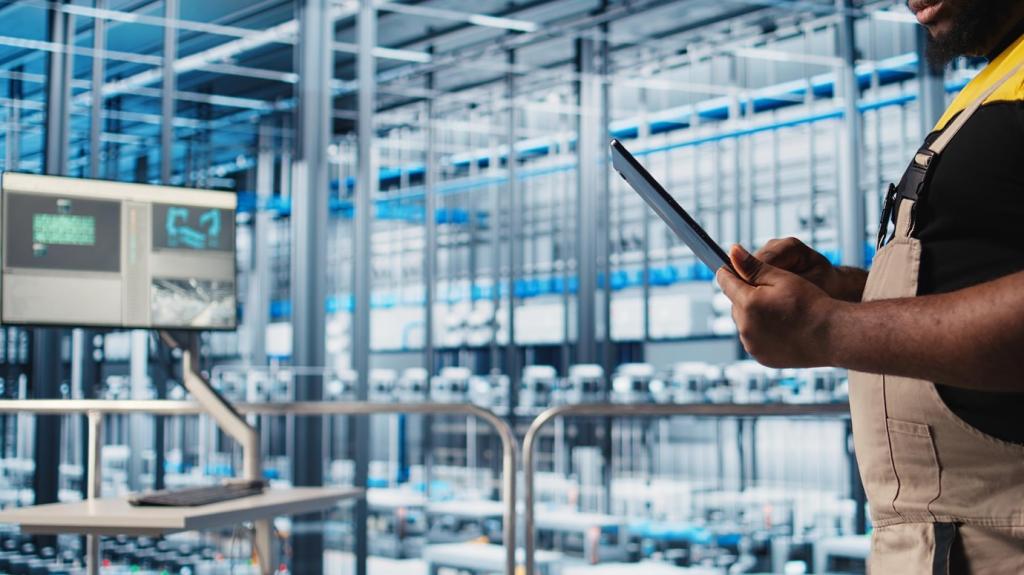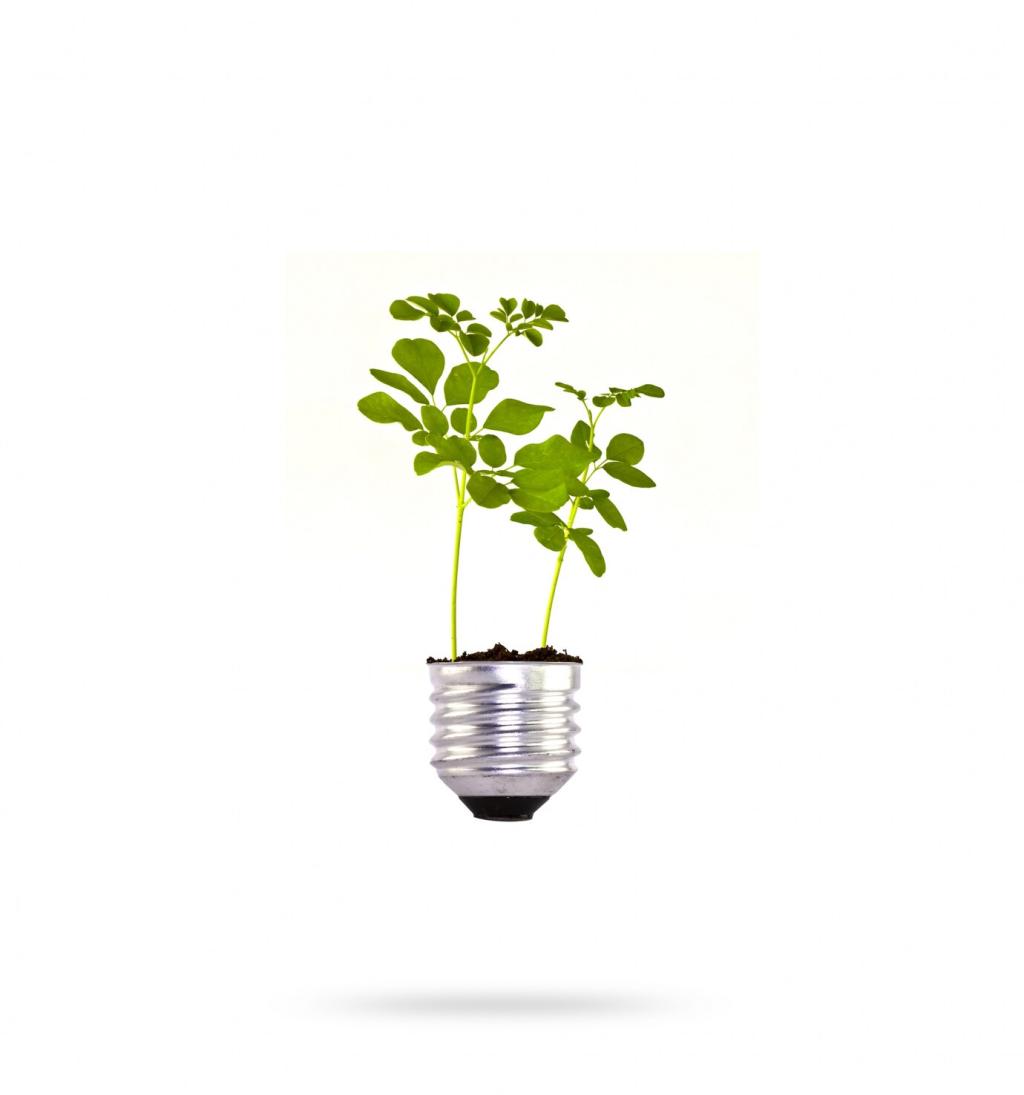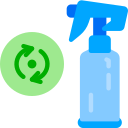Leveraging Technology for Eco‑Friendly Cleaning Solutions
Chosen theme: Leveraging Technology for Eco-Friendly Cleaning Solutions. From smart sensors to green chemistry and robotics, discover how innovation makes every scrub, sweep, and rinse gentler on our planet. Join our community, share your favorite tools, and subscribe for practical, feel-good ideas that turn routine cleaning into climate‑positive action.
Smart Sensors, Less Waste
Flow meters and connected valves track every liter, nudging you to switch from continuous running taps to measured bursts. App alerts flag unusual spikes, while smart mop buckets guide optimal refills. Share your favorite sensor hacks so others can start saving water immediately.
Robotics That Respect the Planet

LiDAR mapping reduces redundant passes and avoids energy‑wasting detours. Spot cleaning mode tackles crumbs without powering through the whole room. If you schedule runs after peak hours, you support a cleaner grid too. Tell us how you set routes to cut waste.
Green Chemistry Meets Digital Guidance
Ingredient Transparency Apps
Barcode scanners and databases help decode labels, highlighting biodegradable surfactants, plant‑derived solvents, and low‑hazard preservatives. You can sort by certifications and performance claims, then compare real‑world reviews. Drop a comment with the apps you trust and the ingredients you now avoid.
Electrolyzed Water on Demand
With salt, water, and electricity, on‑site generators create cleaning and sanitizing solutions like hypochlorous acid, reducing shipping and packaging. They work best fresh and within defined ranges. Curious about shelf life and safety basics? Ask questions, and we’ll compile a practical guide.
Concentrates and Precision Dilution
Concentrated refills shrink plastic and carbon footprints, while smart dilution stations hit exact ratios for floors, glass, and bathrooms. Color‑coded caps plus digital prompts prevent mistakes. Share your favorite concentrate lines and how you trained teammates to switch smoothly.
Cleaning Schedules from Occupancy Data
Footfall sensors and calendar integrations reveal when restrooms, lobbies, or kitchens need attention. You clean hotspots more often and low‑traffic spaces less, preserving supplies. Have you tried dynamic scheduling? Share how it affected satisfaction and resource use in your setting.
Benchmark Dashboards and Behavior Nudges
Weekly dashboards visualize water, chemical, and energy use per area, celebrating small wins that motivate teams. Gentle app reminders encourage cold washes, microfiber maintenance, and proper ventilation. Post the nudge that finally stuck with your team so others can replicate it.


Stories from Real Spaces
After installing simple flow sensors, a custodian learned which sinks never needed to run full blast. Students joined a friendly poster campaign, and custodial rounds shifted to need‑based cleaning. Share your school or campus story to inspire others facing similar constraints.
Stories from Real Spaces
A family scheduled their robot vacuum after dinner while helping kids tidy toys for clear paths. A HEPA filter reduced dust, and battery analytics suggested shorter runs. Tell us how your household balances quiet, cleanliness, and energy awareness without stress.
Laundry, Fabrics, and Microfibers

Cold Wash, Smart Dose, Big Impact
Modern enzymes clean well in cold water, and machines with load sensors guide precise detergent dosing. Overdosing leaves residue and wastes resources. What settings, cycles, or app reminders helped you switch to colder, shorter washes without compromising on freshness?

Heat Pumps and Line Drying
Heat‑pump dryers reuse warmth efficiently, while line drying uses none at all. Moisture sensors stop cycles exactly when clothes are done. Share your favorite drying setup, from collapsible indoor racks to balcony lines, and how you prevent stiffness or wrinkles sustainably.

Catching Microfibers Before They Escape
Add external filters, wash bags, or capture balls to trap fibers, and choose tightly knit garments that shed less. Washing less often and on gentler cycles helps too. Tell us which microfiber solutions you tried and what actually captured visible fuzz.
Designing for Circularity
Neighborhood refill kiosks and workplace hubs cut single‑use bottles dramatically. QR tags track container lifecycles and prompt cleaning between refills. If your community has a refill station, map it for others and suggest what products you want added next.

